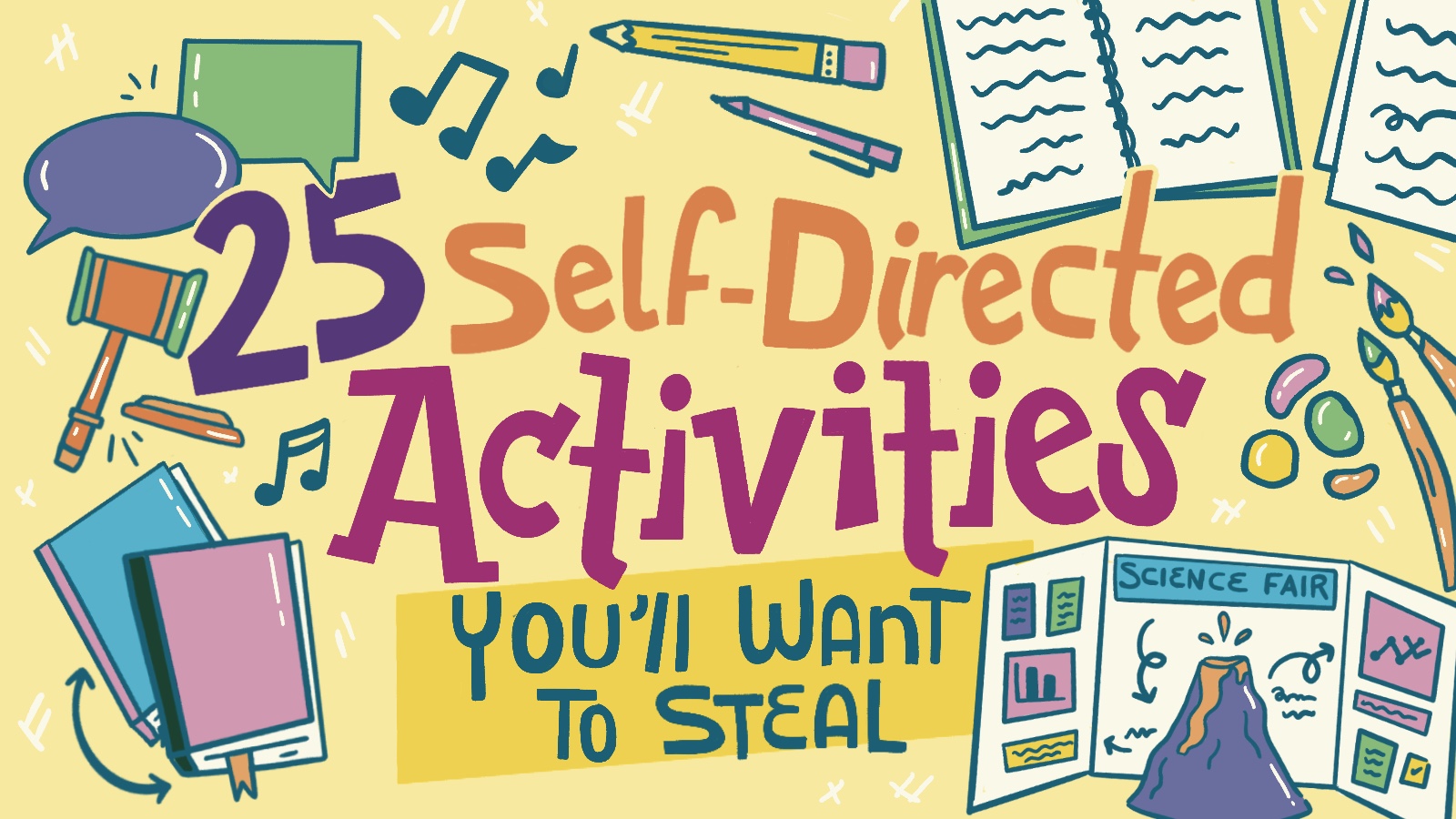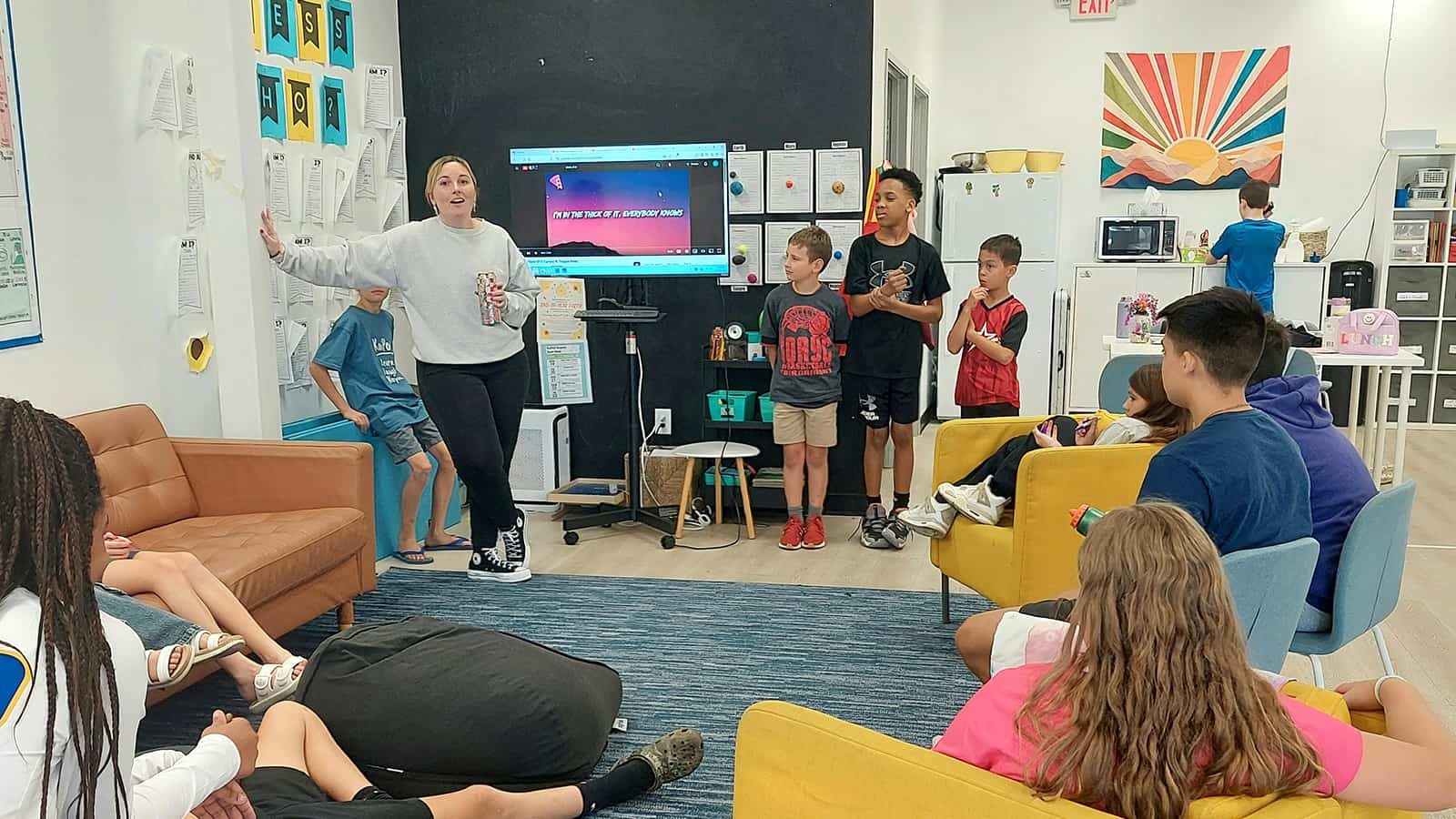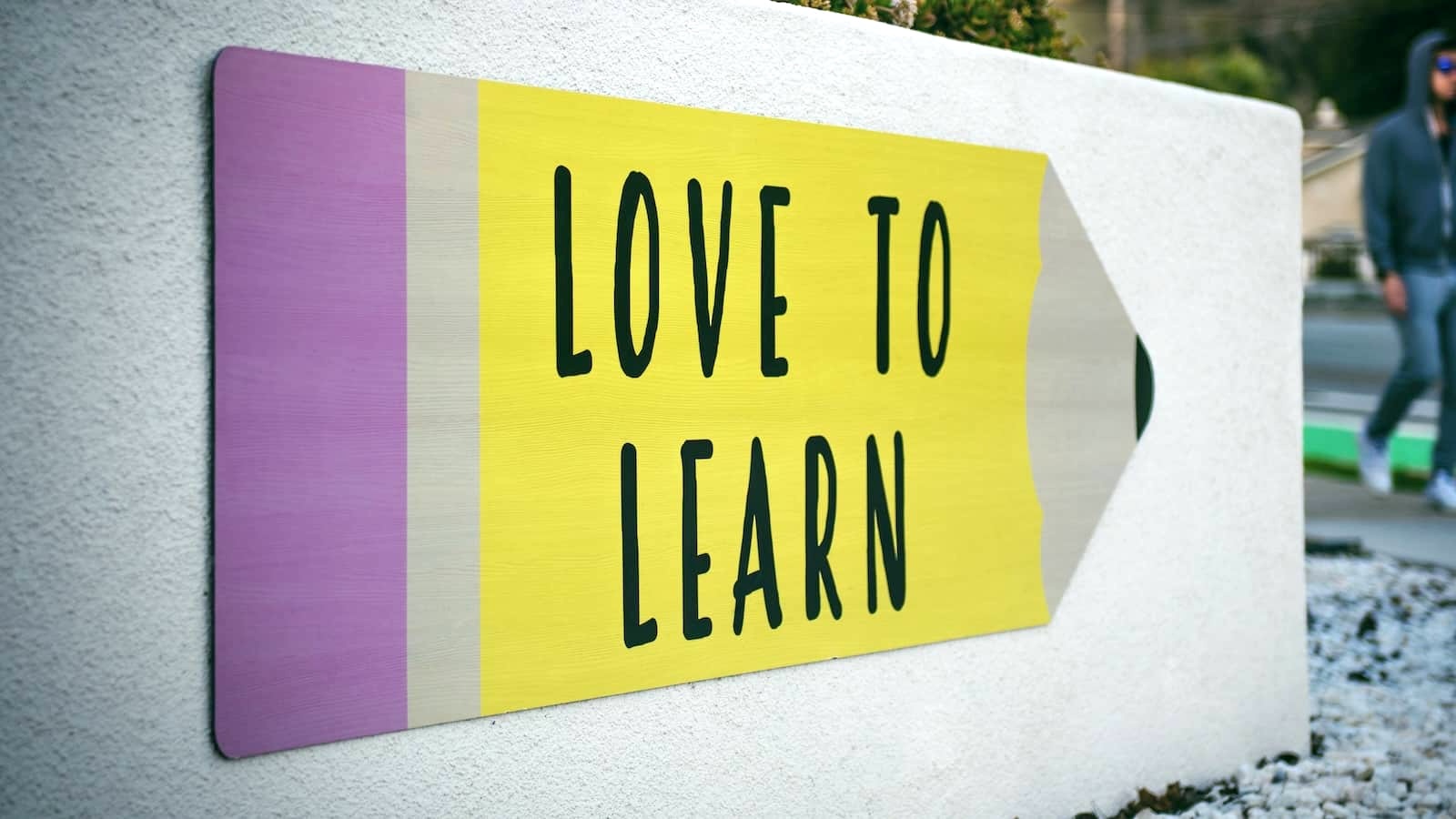One of the most important things about being a student isn’t just what you learn but discovering how to learn. Even more vital is developing a love of learning itself. Self-directed learning activities and projects inspire students to take charge of their own education, fostering a sense of ownership and encouraging curiosity.
What is Self-Directed Learning?
In self-directed learning, students drive the process. The key, of course, is right in the name: self-directed. This means students take charge, while teachers are there to answer questions or offer guidance as needed. Students choose the subject and method, set learning goals and decide how to meet them, and evaluate their progress along the way and at the end.
This type of learning is ideal in Microschools, where you can allow students the time to explore topics that interest them in ways they’ll truly enjoy. It builds a sense of autonomy and responsibility, and reminds students that learning is a lifelong process, one that can happen in or out of a classroom.
The possibilities for self-directed learning activities are practically endless. Sometimes, though, students can feel overwhelmed when faced with so much choice. That’s when it can be helpful to provide them with some more specific ideas, like the ones found here. These are really just a jumping-off point, though; self-directed learning projects open up a whole new world of possibilities!
ELA (English Language Arts) Self-Directed Learning Activities
Self-directed learning in ELA can encourage students to find their literary preferences, develop their communication skills, and engage with topics they’re curious about.
Independent Reading
Students choose a book or books from an author, genre, or subject that interests them. They might choose to write a report, paper, or essay, or document their learning through other methods like a presentation or artwork inspired by the books. They could even turn one of the books into a movie they write and film!
Book Club
A group of students chooses a book they’d like to explore together. They might choose to read out loud together and then discuss what they’ve read. Or, they can read independently and then meet up to talk about the book. They can also use book club meetings to make arts and crafts, cook foods, or listen to music inspired by what they’ve read.
Creative Writing
Creative writing is inherently a self-directed learning activity, as students write stories, compose poems, or pen essays and plays. Encourage students to add some structure to their project by researching and reading other writers in the genre they’re exploring, and following the editing process through multiple drafts until they produce a final product they’re proud to share.
Writer’s Workshop
Turn creative writing into a collaborative process with a writer’s workshop, where students read each other’s work and offer productive criticism and suggestions.
Journaling
Writing in a journal is all about self-reflection, an important part of the self-directed learning process. You can offer daily writing prompts for those who struggle to know what to write about, or just let kids spend some time each day documenting their thoughts. Remind them to go back and read what they’ve written from time to time to see how they’ve grown and changed.
STEM Self-Directed Learning Activities
When students lead the way in STEM projects, they can explore all the different facets of science, technology, engineering, and math in a way that matches their interests.
Science Fair Project
This is the classic self-directed STEM learning activity. Students use the scientific method, first determining the question they’d like to answer. Then, they do their own research, devise and conduct an experiment, analyze the results, and form a conclusion. It’s hands-on independent learning at its best!
Engineering Challenge
You can approach this self-directed learning project in one of two ways. The teacher can present a STEM challenge for the entire class to tackle (such as using only recycled materials to create a piece of furniture). Or, students can choose their own challenge to take on. Engineering challenges can be quick group activities or long-term independent projects, or a little bit of both.
Coding/Programming Project
Whether you’re teaching coding or kids are learning it independently through a site like code.org, a programming project is an ideal self-directed learning activity. Students can code apps or games for fun, or create programs to solve equations, calculate probabilities, and more.
STEM Club
Whatever your students are into, they’re bound to find others with the same interests. In clubs, students can meet to learn more about their favorite subject, plan field trips, invite guest speakers, or participate in competitions. Topics could include space and astronomy, nature and wildlife, math leagues, future engineers, or anything else your students love in the world of STEM.
Real-World Math Application
Challenge students to find ways to apply their math learning in the real world. They might run a school store, figure out the best angle for a basketball free throw, tweak the proportion of ingredients in a recipe, analyze weather data to make their own predictions … the list goes on and on!
Social Studies Self-Directed Learning Activities
Self-directed learning activities in social studies can help students feel more engaged with history, politics, and civics.
Research Project
This is another one of those classic self-directed learning projects. Students choose a topic that piques their curiosity. Then, they take a deep dive into it, learning through reading, watching documentaries, interviewing people, visiting relevant sites, and anything else that provides new knowledge on the subject. Finally, they choose how they want to present their learning: an essay or paper, presentation, or other creative method.
Documentary
Here’s one way to sum up a research project: a student-produced documentary or podcast. They can include footage from places they’ve visited, interviews, primary source documents, and more.
Debate or Fishbowl Discussion
Classroom debates can deal with weighty topics like social justice or human rights, or silly questions like “Is a hotdog a sandwich?” Either way, the goal is to get students to do their research in advance and prepare to defend their arguments. A fishbowl discussion is an expanded version of a debate in which a small group of students prepares for and holds a discussion on a topic while others watch and take notes. Afterward, the observers share their own thoughts on both the topic and the discussion.
Cultural Fair
Explore countries and global cultures, then hold a cultural fair for your school or community. This is a terrific way to learn about the foods, music, art, customs, and languages of people both near and far. Each student can learn and share more about their own personal culture, or they can use interviews, research, and travel to find out more about others from around the world.
Mock Trial
Here’s another long-standing classroom activity that focuses on self-directed, independent learning. To prepare for their roles, students will need to research both the topic of the trial itself as well as the responsibilities and knowledge required of their “character.”
Self-Directed Learning Activities for the Arts
The arts offer plenty of options for self-directed learning across all disciplines.
Student Play
Invite your students to write their own script or choose a play to produce. Then, they choose a student director, hold auditions, create scenery, find props, run rehearsals, and put on a production for all to see. Tip: Try doing a series of one-act plays, which are easier in general and give more students a chance to participate in a variety of roles.
Musical Composition
Composing music is harder than it seems. It requires knowledge of music theory, mastery of instruments or vocal skills, and personal creative connections. Students can work independently or in groups, with some composing the music while others contribute the lyrics or perform the final composition.
Art Fair
When students organize and run an art fair, they get the chance to feature their creative work and admire what others have accomplished. If they choose to hold a juried fair, let them do the legwork of finding judges and setting the rules and requirements. They can also choose a theme, arrange the venue, determine what’s to be displayed, and even advertise their show to the community.
Photo Journal
These days, everyone with a smartphone has a high-quality camera at their disposal. Ask students to keep a daily photo journal, expressing themselves through pictures rather than words. This can be a personal project or one they share with others through a blog or photo-sharing app.
Short Film Festival
Whether they use phone cameras, GoPros, or more technical video equipment, students will have a blast making their own short films. Let them choose from documentaries, dramas, comedies, or any other genres they like. Then bring on the popcorn and invite families to come walk the red carpet at their film premiere!
Self-Directed Learning Activities for Microschools
Any of the activities on this list can work at a Microschool, but here are a few that are uniquely well suited to that environment. Small class sizes and personalized curricula make it easy to take self-directed learning activities to the next level.
World Language Learning
Combine an online learning program like Duolingo or Babbel with other activities like in-person tutoring, watching movies or TV shows, listening to podcasts, and more. Kids can partner up with other students in your own school or find language exchange partners in your community or online.
Career Exploration
As kids get older, it’s important to expose them to a variety of career options. Invite students to set up their own career exploration activities, like spending a day doing a job shadow experience, applying for or creating an internship opportunity, or finding a mentor in a career they’re considering for their future.
Travel and Cultural Immersion
One of the greatest benefits of a Microschool experience is the ability to truly personalize and get creative with your learning opportunities, and there may be no better way than through travel. Whether you head out on a camping trip to explore nature and wildlife habitats, or journey to a new country to explore its culture in person, travel experiences are a valuable way for kids and adults to learn and grow.
Problem-Based Learning
In problem-based learning (also called project-based learning or PBL), students choose a real-world problem or issue to address. For instance, they might set up a tutoring club for older students to help young readers build their skills. Or, they could develop a better recycling program in their community. Many students find PBL more meaningful than any other learning experience because it makes a real difference in the world. Learn more about it at PBLWorks.
Skill Development
Ask your students: what would you like to learn how to do? Play guitar? Turn a back handspring? Build a treehouse? Become a slam poet? It’s all open to them in a Microschool environment, where they can design a self-directed learning project that truly fits their passions.


